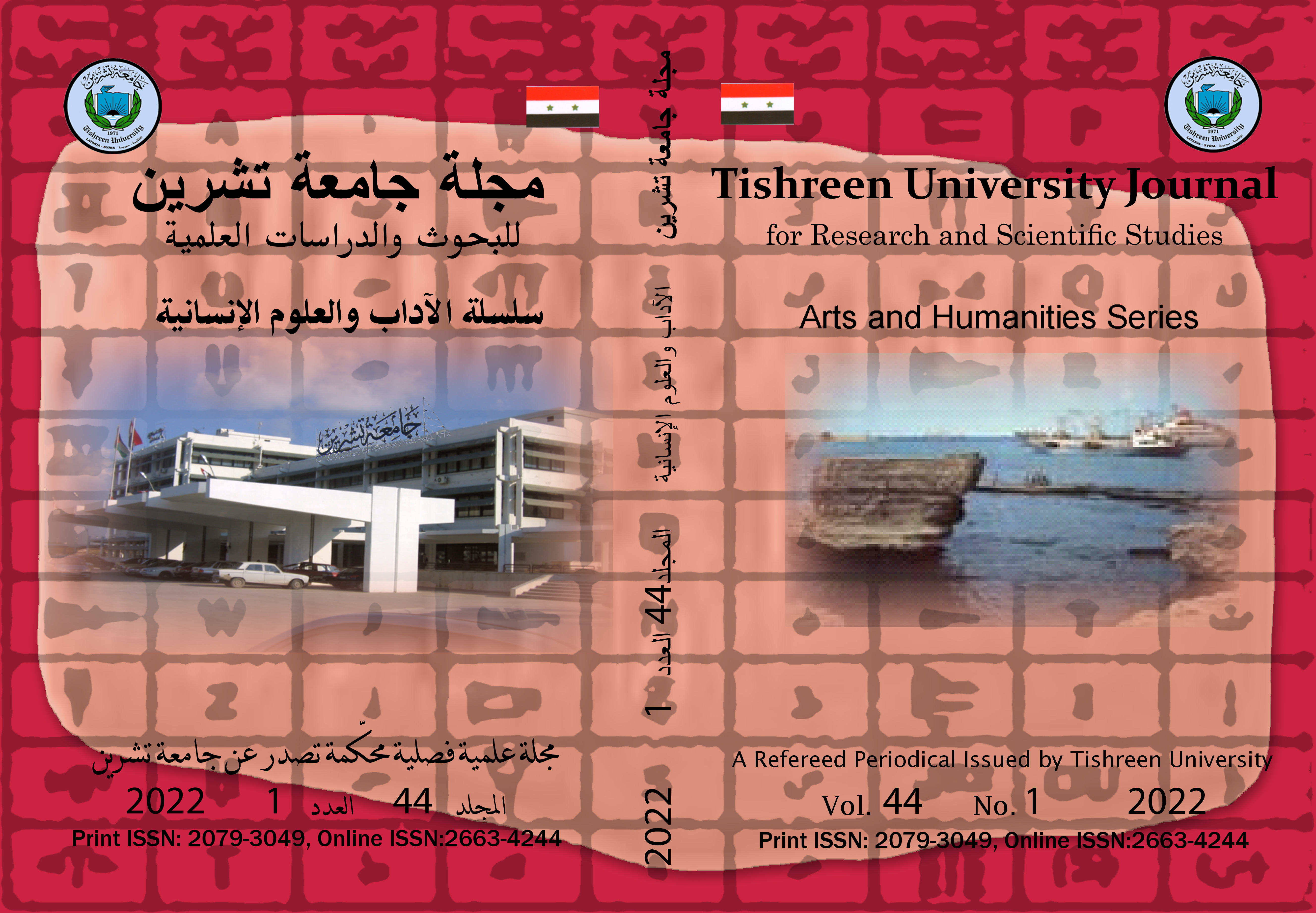Narrative elements in the novel "Utopia" by Ahmed Khaled Tawfiq
Abstract
This research aims according to the descriptive, analytical, and statistical method of the narrative elements found in the Utopia novel. Through these elements, he seeks to explain what the Egyptian writer Ahmed Khaled Tawfiq did. From his presentation of the ideas and social issues that swept his society. The writer relied on building parts of his novel on narrative elements, such as (primary, secondary, marginal characters). Which constitutes the important element in serving the writer's goals in explaining poverty, injustice, and class differentiation. Use the dialogue technique (external and internal), whose presence was the highest among the other elements. For the consistency of events, he benefited from the plot (beginning, conflict, anxiety, climax, and end), and he arranged and developed it perfectly. As they are related to each other, and also benefited from narration, description, time and placeAnd he made its description very close to reality, expressing the struggle between classes, and exposing the falsity of the rulers and officials in Egyptian society. And he was creative in narrating the narration, so he moved from the external narration and description to the inner reality of the human being with honesty and boldness.
Downloads
Published
How to Cite
Issue
Section
License

This work is licensed under a Creative Commons Attribution-NonCommercial-ShareAlike 4.0 International License.
journal uses a CC BY-NC-SA license which mean
The authors retain the copyright and grant the right to publish in the magazine for the first time with the transfer of the commercial right to the Tishreen University Journal- Arts and Humanities Sciences Series
Under a CC BY- NC-SA 04 license that allows others to share the work with of the work's authorship and initial publication in this journal.Authors can use a copy of their articles in their scientific activity, and on their scientific websites, provided that the place of publication is indicted in Tishreen University Journal- Arts and Humanities Sciences Series. The Readers have the right to send, print and subscribe to the initial version of the article, and the title of Tishreen University Journal- Arts and Humanities Sciences Series Publisher
You are free to:
- Share — copy and redistribute the material in any medium or format
- Adapt — remix, transform, and build upon the material
- The licensor cannot revoke these freedoms as long as you follow the license terms.
- Attribution — You must give appropriate credit, provide a link to the license, and indicate if changes were made. You may do so in any reasonable manner, but not in any way that suggests the licensor endorses you or your use.
- NonCommercial — You may not use the material for commercial purposes.
- ShareAlike — If you remix, transform, or build upon the material, you must distribute your contributions under the same license as the original.
- No additional restrictions — You may not apply legal terms or technological measures that legally restrict others from doing anything the license permits.


